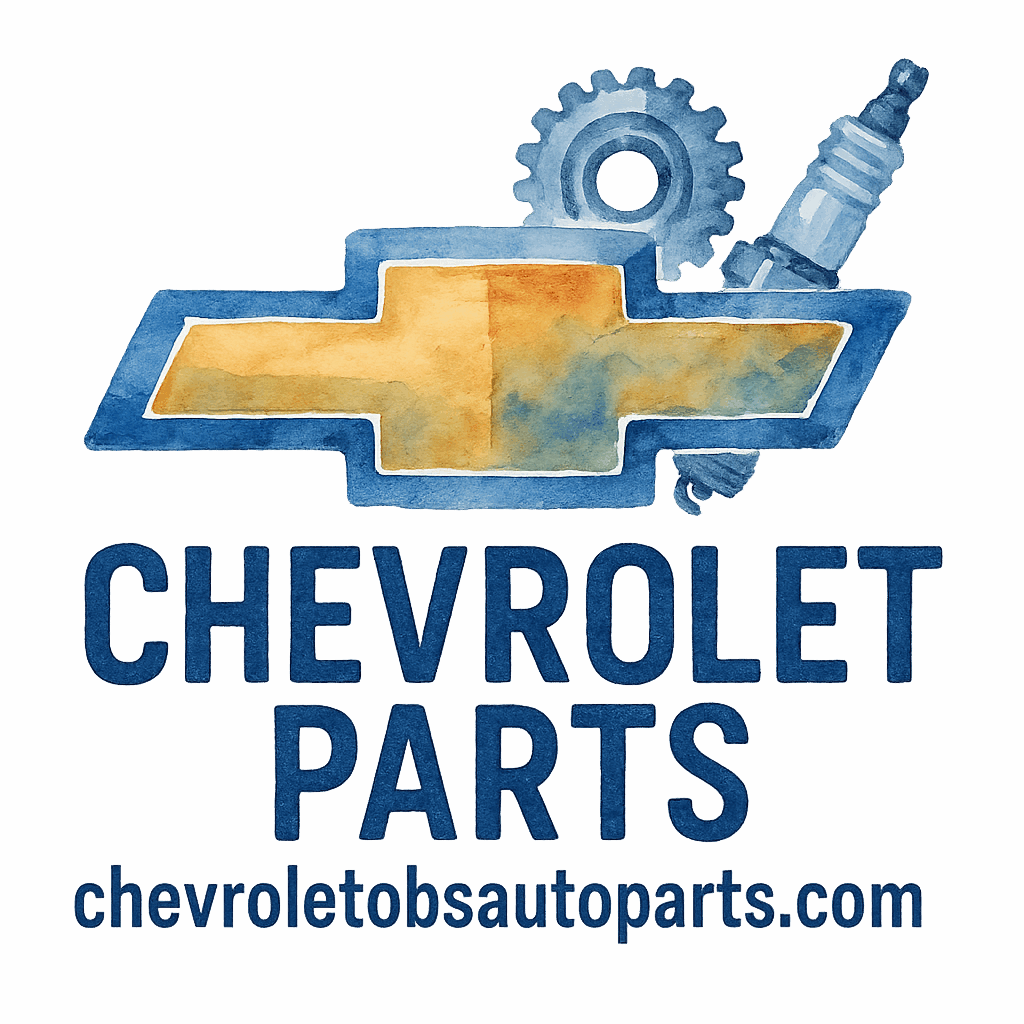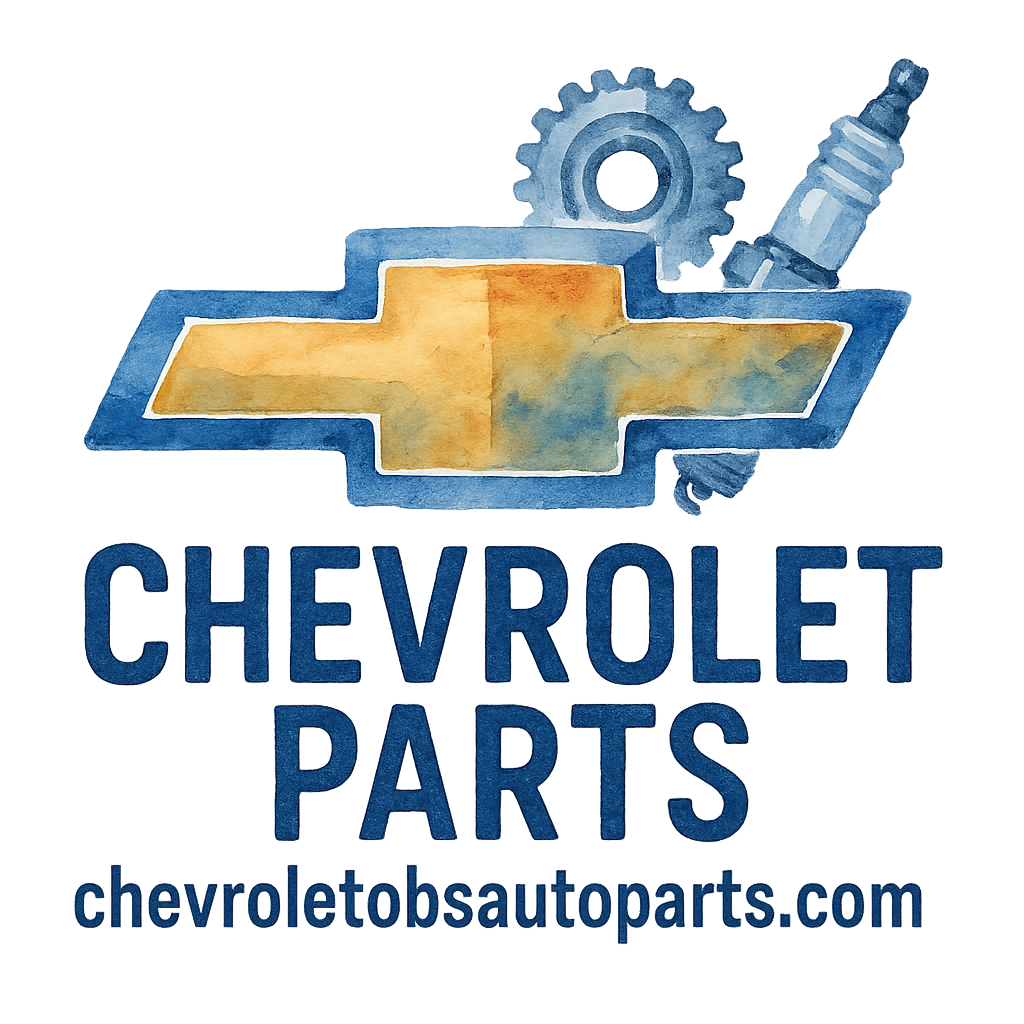If you’re about to head into a Chevrolet parts store, pause for just a moment. Sure, grabbing a new part for your Chevy sounds straightforward—but is it really? Whether you’re shopping for a new engine component, replacing a side mirror, or just grabbing a few trim pieces, you need to be prepared. Let’s dive into the 7 things you must know before visiting a Chevrolet parts store so you can shop smarter, save money, and avoid buyer’s remorse.
Why Knowing These Things Matters
Imagine this: You walk into a parts store full of confidence… only to blank when the clerk asks, “What trim level is your Silverado?” Oops.
Walking in unprepared wastes your time, increases your chances of buying the wrong part, and could cost you big bucks. The good news? With just a little prep and these helpful tips, you’ll walk in like a pro.

1. Understand What Parts You Really Need
Before anything else, know exactly what you need.
Make a Checklist Before You Go
It’s easy to forget the small stuff. Create a checklist of all the parts you’re shopping for. Whether you’re buying spark plugs, a new grill, or a weatherproof floor mat set, having a list keeps you focused.
Check out our buying guide tips to help you create that checklist.
Learn the Difference Between OEM and Aftermarket Parts
OEM (Original Equipment Manufacturer) parts are made by Chevy or authorized partners. Aftermarket parts are made by third-party manufacturers. OEM parts often offer better fit and durability, but aftermarket can be cheaper and more customizable.
Need more clarity? Visit our replacement parts guide to understand what’s best for your vehicle.
2. Research the Chevrolet Parts Store in Advance
Not all parts stores are created equal.
Read Online Reviews and Testimonials
Don’t just Google the nearest store and walk in blind. Search online reviews to find a store with a solid reputation for selling high-quality, genuine parts. Look for stores tagged with trusted sellers for peace of mind.
Check for Certifications and Partnerships
Certified dealerships or authorized Chevy parts stores often offer better warranties, more reliable stock, and exclusive parts not found elsewhere.
3. Know Your Chevy Model Inside Out
Your vehicle’s exact make, model, year, and trim matter—big time.
VIN Number Is Your Best Friend
Always bring your Vehicle Identification Number (VIN). It’s like your Chevy’s fingerprint. With it, store clerks can find the exact part that fits your car without guesswork.
Model Year and Trim Level Matter
A 2011 Chevy Tahoe LT and a 2011 Tahoe LS may look the same, but they could have totally different parts. So, know your trim level!
Explore our Chevrolet parts tag for model-specific insights.
4. Pricing Isn’t Always Straightforward
Cheaper isn’t always better—especially when it comes to your ride.
Understand the Cost Factors
Pricing can vary based on the part’s brand, material, warranty, and whether it’s OEM or aftermarket. Performance parts, such as those in our engine performance category, may cost more upfront but deliver long-term benefits.
Beware of “Too Good to Be True” Deals
A $10 “OEM” alternator? Probably not legit. Always double-check the product details and brand. If it seems too cheap, it might be a fake or poor-quality knockoff.
5. Inquire About Warranties and Return Policies
Because sometimes, even pros get it wrong.
Why Warranties are Crucial
Imagine installing a new radiator, only for it to fail after a week. A warranty saves you from shelling out twice. Always ask if the part is covered and for how long.
Ask About the Return Window
Some stores only allow returns for unopened parts, and only within a tight time frame. Ask upfront and save the receipt. Check out our replacement tag for more details on how to handle returns the right way.
6. Take Advantage of In-Store Expertise
You don’t have to figure it all out on your own.
Don’t Hesitate to Ask Questions
Chevy parts clerks aren’t just there to ring you up. They often have decades of experience. Ask them about compatibility, performance upgrades, and installation tips.
Use Their Knowledge to Compare Options
Stuck between two brake pad brands? Let them break it down for you. They might even suggest a better, longer-lasting option based on real-world experience.
For deeper insights, check our section on Chevy upgrades.
7. Know What Support They Offer Post-Purchase
Getting the part is only step one.
Installation Services and Guides
Some stores offer installation help or at least provide guides. If you’re not mechanically inclined, this can be a lifesaver.
Need help with installations? Check out our engine performance and interior upgrade guides for support.
Maintenance Tips and Product Support
Great stores don’t just sell; they educate. Ask if they provide ongoing support, such as scheduled service reminders or seasonal maintenance guides.
Explore annual maintenance to stay ahead of issues.
Final Tips Before You Walk Into a Chevrolet Parts Store
Go During Non-Peak Hours
Weekday mornings are golden. Less crowd, more attention, and faster service. Who doesn’t love skipping a line?
Bring Photos or Old Parts for Reference
Can’t remember the exact name of that clip or cap? Snap a pic or bring the old part. It speeds up the process and avoids confusion.
Conclusion
Walking into a Chevrolet parts store can be intimidating—but it doesn’t have to be. Whether you’re grabbing parts for a weekend project or prepping for serious upgrades, a little homework goes a long way. From knowing your vehicle details to asking the right questions and trusting expert advice, you’re now equipped to shop smart and confidently. The next time you visit a Chevy parts store, you’ll walk out with exactly what you need—and none of what you don’t.
Explore Chevrolet OBS Auto Parts for trusted parts, buying tips, maintenance guides, and more!
FAQs
1. What’s the difference between OEM and aftermarket parts?
OEM parts are made by or for Chevrolet, ensuring perfect fit and function. Aftermarket parts are made by other companies and can vary in quality and fit.
2. Can I return a part if it doesn’t fit my Chevy?
Yes, most stores accept returns, but it depends on their return policy. Always ask first and keep the receipt.
3. Is it better to buy parts in-store or online?
Each has pros and cons. In-store gives you instant help, while online shopping (like here) offers a wider selection.
4. How do I find the right part for my Chevy?
Bring your VIN, know your model and trim, and double-check part numbers. Staff at the store can help too.
5. Do Chevrolet parts stores install parts too?
Some do, especially larger chains. Others might partner with local mechanics. Always ask!
6. Are cheap parts a bad idea?
Usually, yes. If it’s too cheap, it might be low quality or incompatible. Better to spend a bit more on trusted brands.
7. How do I know if a parts store is legit?
Look for certified sellers, positive reviews, and stores tagged with trusted sellers.


